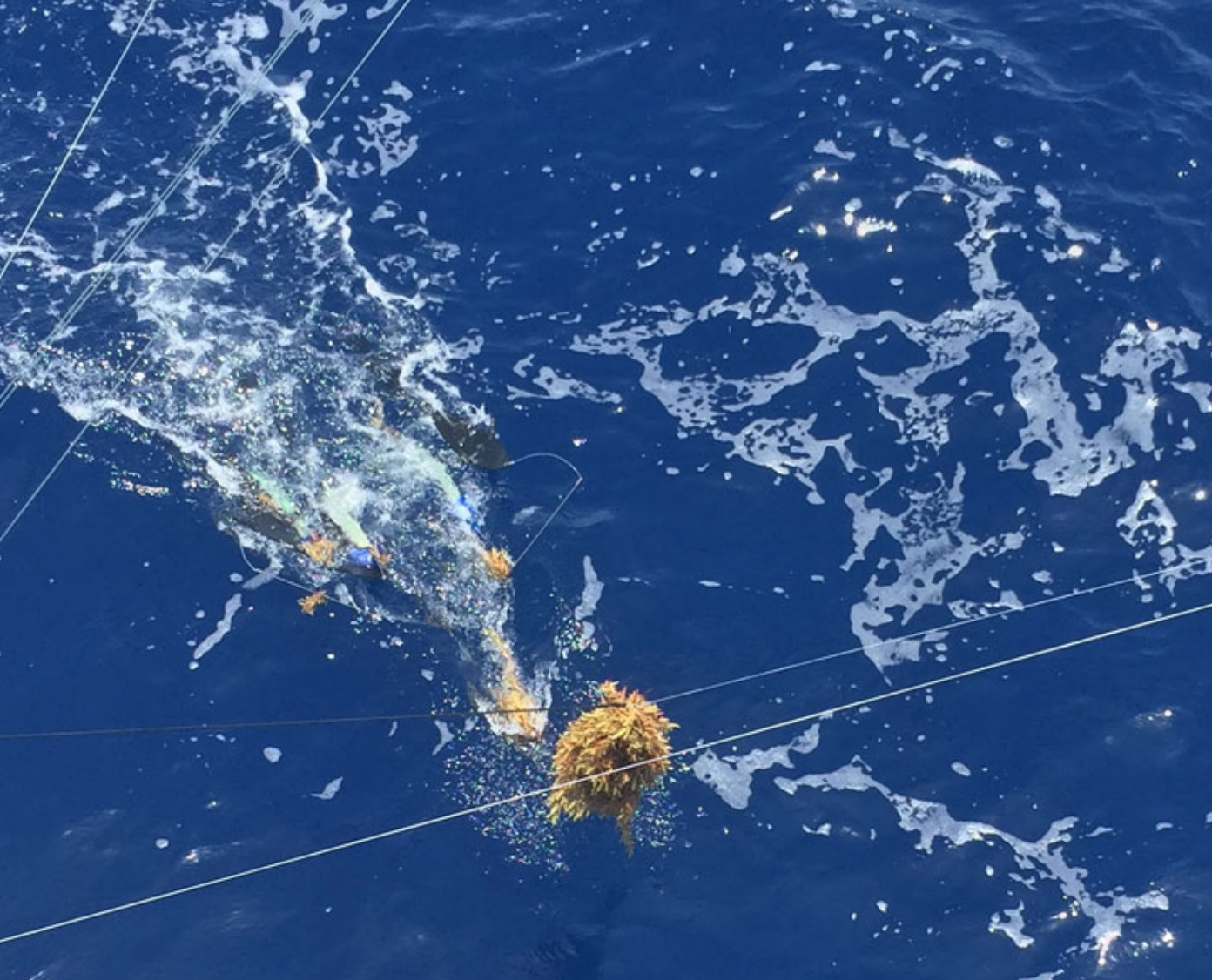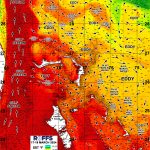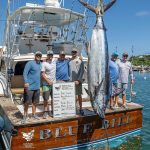Article Courtesy: inthebite.com | Originally Published: 7/28/2021 | Click here for original article
In The Weeds—Dealing with Sargassum
It’s become an recurring theme each year to hear about the best parts of the Caribbean and Gulf being overrun with weed. Not the “puff puff give” kind, but the pain in the butt kind. Sargassum. It can be everywhere. And not just in neat lines along the rips but in mats and globs and clumps as far as the eye can see. The National Oceanic and Atmospheric Administration reported that since 2011, large accumulations of Sargassum have become a remerging problem in the Caribbean Sea, Gulf of Mexico and tropical Atlantic.
NOAA’s July 20-26 experimental Sargassum Inundation Report showed high-risk areas for Sargassum around the Dominican Republic, Lesser Antilles and Cancun regions with numbers increasing along the Lousiana shoreline. At the beginning of July, scientists at the USF College of Marine Science estimated the brown macroalgae to be roughly the same size of the largest Sargassum bloom ever recorded in history back in 2018. Research predicted that Sargassum ending up in the Gulf will also continue, with the possibility of higher numbers in the Florida Keys and along the east coast of Florida.

St. Thomas
A few years ago, Capt. Joe Figiel, who has fished the North Drop for more than 15 seasons, described a particularly bad Sargassum year in 2015. Figiel believed that a shift in currents could be bringing in more of the seaweed from wherever its point of origin might have been.
“These same currents may attribute to why the bite has fallen off over the years and gotten better in other places,” he pointed out. “Some places have lost their success due to the lack of bait for larger predators. But not a season goes by down here [in St. Thomas] where we fail to see an ample food source and yet the marlin presence seems to be less.”
Figiel saied the Sargassum has had also hindered their success in targeting whatever numbers of blue marlin may be on the Drop.

The Dominican Republic
Capt. Tim Richardson on the Tradition has set up his Caribbean operation in the Dominican Republic, fishing out of Casa de Campo and Cap Cana. When asked for a theory about why the Sargassum seems to have gotten worse, he says, “I’m a big believer in the cycles of the currents in around the seven- to 10-year time periods. It seems that places can go hot and cold for these kind of time frames, like Madeira, and to a certain extent, Cairns. Whether you call it El Niño, La Niña or whatever, that’s up to others.”

Fishing the Lawn
OK, so it’s grassy—now what? You’ve still got to put together a winning spread but where do you start? Figiel said when they’d been pulling the same spread for the last few years he made a few small modifications when the conditions start to resemble the fairway rough at St. Andrews. “We pull six teasers and one hooked lure,” he reported. “Starting at the boat we have two dredges that are as streamlined as possible with only plastics, usually a mix of mudflaps, eels, Fire Tailz or something like that. Then we run two bridge teasers: one head and one squid chain combo. Then two cockpit lure teasers and finally our hook lure on the center rigger. The heads we choose have been ‘weeded out’—pun intended—to make sure we have confidence in how they will perform but still snag the least amount of grass.” They rely on solid angling skills and a well-timed pitch bait to score, although a fair number of their blues have chosen to eat the hook lure on the way out of the spread too.
Tim Richardson follows a similar strategy setting up the Tradition’s spread. “We’ve had days where you could only pull squid chains and pitch for most of the day, but things that we did that really helped was to only use a single pulley on our Squidnation and Fire Tailz dredges that we run off the Lindgren-Pitmans,” he suggests. “This cuts down on the V of the pulley set-up catching all the weed on the pulley and also stopping the dredge lines from touching the rods in a turn.” For the squid chains, he’s stopped using express or flat-headed lures for the trailing bait/lure combo, going to a bullet Hawaiian Eye-style lure instead. “This reduced the amount of weed on the bridge squid chains enormously,” he says.

Another issue is bait consumption. “We charter fish every day so we use lures a lot on the long riggers. A lot of our guests want to hook their own fish but with the weed so bad, every time you get some on a ballyhoo it would ruin the bait,” he pointed out. “We were going through so many baits every few minutes, it was just crazy. The little lures we’re using still catch some weed but it’s not costing you $50 or more a day in ballyhoo that are wasted when big clumps of weed get on the circle hook or on the bill and tear it up.”
“The dredges obviously snag the most,” Figiel said. “However, at least in our opinion, grass on the front of the dredge doesn’t necessarily compromise the dredge’s ability to attract fish. You have to think that if the grass isn’t cleared from time to time though, retrieval of the dredge itself could prove difficult at the most critical of moments.” It’s a lot of work for the mates but the bottom line is to keep the dredges as clear as possible.
So what’s next? “Unfortunately, I can’t offer any suggestions as to if there is anything we can do about it,” Figiel says. “We all joke that hopefully one of the more heavily-populated countries would find it as a new favorable food source, or maybe we can develop it into an alternate source of energy. For now I think we’re just doomed to plow through it and hope for the best.”






